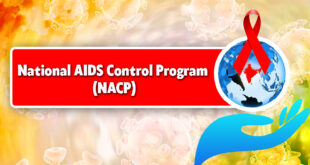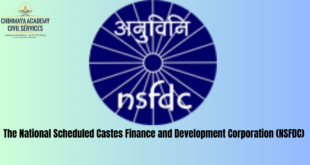- Sickle cell anaemia (SCA), a genetic blood disorder, found mention in the Budget this year. Finance Minister Nirmala Sitharaman said that the government will work in “mission mode” to eliminate the condition by 2047.
- India is the second-worst affected country in terms of predicted births with SCA — i.e. chances of being born with the condition.
What is sickle cell anaemia?
- Haemoglobin which is tasked with carrying oxygen to all parts of the body, has four protein subunits — two alpha and two beta.
- In some people, mutations in the gene that creates the beta subunits impact the shape of the blood cell and distorts it to look like a sickle.
- A round red blood cell can move easily through blood vessels because of its shape but sickle red blood cells end up slowing, and even blocking, the blood flow.
- Moreover, sickle cells die early, resulting in a shortage of red blood cells that deprive the body of oxygen.
- These obstructions and shortages may cause chronic anaemia, pain, fatigue, acute chest syndrome, stroke, and a host of other serious health complications.
- Without treatment, quality of life is compromised and severe cases can become fatal in the initial years of life.
Does SCA only affect some?
- Research and screening programmes have found that the prevalence of haemoglobinopathies — disorders of the blood — is more common among tribal populations than non-tribal communities in India. Research has shown that SCA is prevalent in communities residing in areas where malaria is endemic.
- Around the middle 1940s, doctors found that those with sickle red blood cells were more likely to survive malaria.
- Those with the trait in some African countries were found to be potentially resistant to lethal forms of malaria and had a survival advantage.
- The sickle cell trait thus gave an evolutionary advantage, offering immunity to some people during malaria epidemics.
- In India, States and UTs with tribal populations contribute a significant malaria case load. Additionally, the documented prevalence of SCA is higher in communities that practice endogamy, as the chances of having two parents with sickle cell trait is higher.
Can it be treated?
- Sickle cell anaemia is a genetic disorder, making complete “elimination” a challenge that requires major scientific breakthrough.
- The only cure comes in the form of gene therapy and stem cell transplants — both costly and still in developmental stages.
- Blood transfusion, wherein red blood cells are removed from donated blood and given to a patient, is also a trusted treatment in the absence of permanent cures.
- But challenges include a scarcity of donors, fears around safe supply of blood, risk of infection etc.
What has India done so far?
- The Indian Council of Medical Research and the National Rural Health Mission in different States are undertaking outreach programmes for better management and control of the disease.
- The Ministry of Tribal Affairs launched a portal wherein people can register themselves if they have the disease or the trait, in order to collate all information related to SCA among tribal groups. In the Budget, the Union Health Minister said the government plans to distribute “special cards” across tribal areas to people below the age of 40.
SOURCE: THE HINDU, THE ECONOMIC TIMES, PIB
 Chinmaya IAS Academy – Current Affairs Chinmaya IAS Academy – Current Affairs
Chinmaya IAS Academy – Current Affairs Chinmaya IAS Academy – Current Affairs



